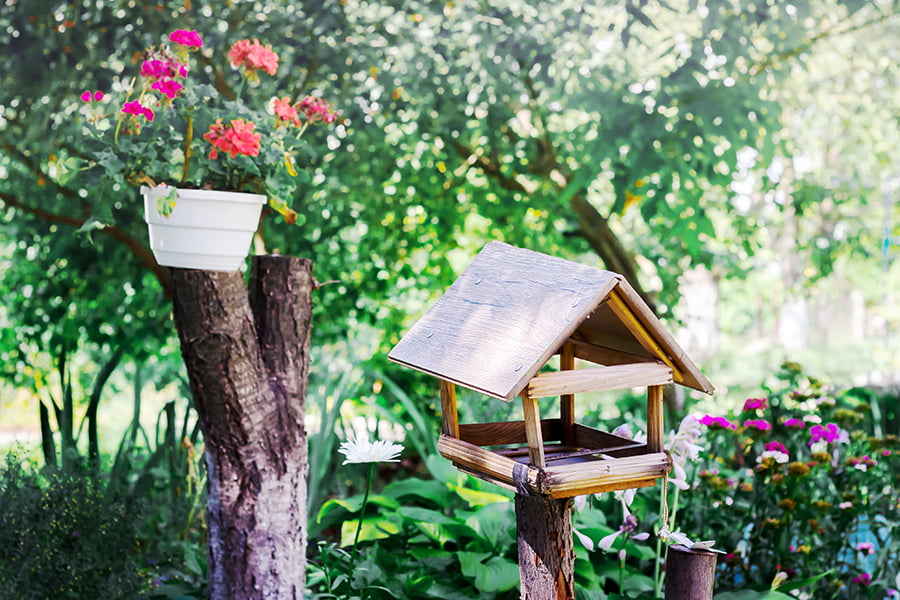Design a landscape that is safe for children and pets by incorporating features such as soft surfaces, low-lying plants, and fencing to create boundaries.
Designing a landscape that is safe for children and pets can be a challenging task. You need to consider the safety of both the kids and the animals, while also making sure your landscape looks beautiful.
In this blog post, we’ll discuss some tips on how to create a landscape that is safe for both children and pets. From choosing materials wisely to creating designated play areas, we’ll cover everything you need to know about designing a secure outdoor space for your family.
Include Non-toxic Plants
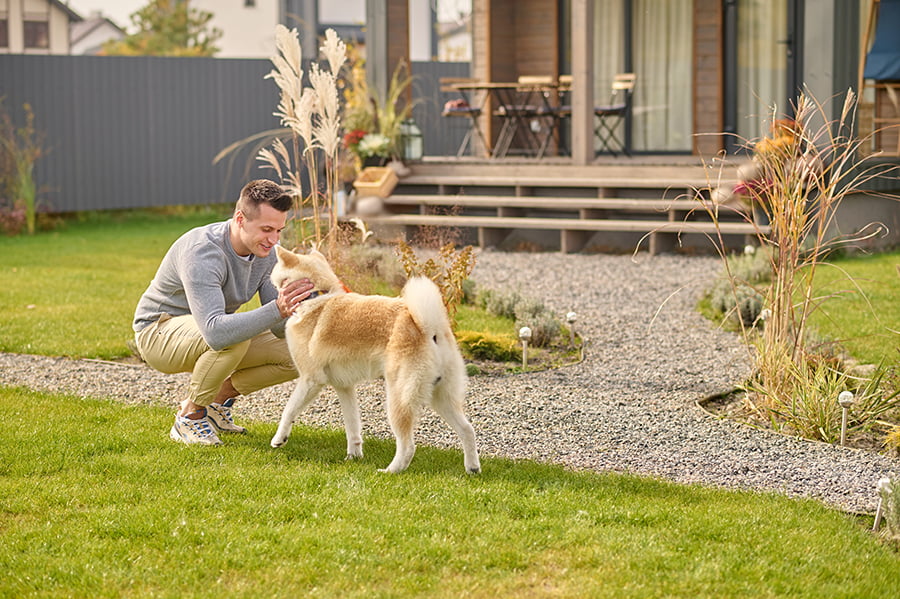
This means selecting plants that are not poisonous if ingested or touched. It is also important to research the toxicity of any plant before adding it to the landscape, as some plants may be toxic in certain parts of the world but not in others.
Some plants may have thorns or spines which can cause injury if touched. Therefore, when choosing non-toxic plants for a child and pet friendly landscape design, it is essential to select varieties with no sharp edges or prickles.
Consider using native species whenever possible as they are more likely to be adapted to local conditions and less likely to become invasive than exotic species.
Use Fencing to Create Boundaries
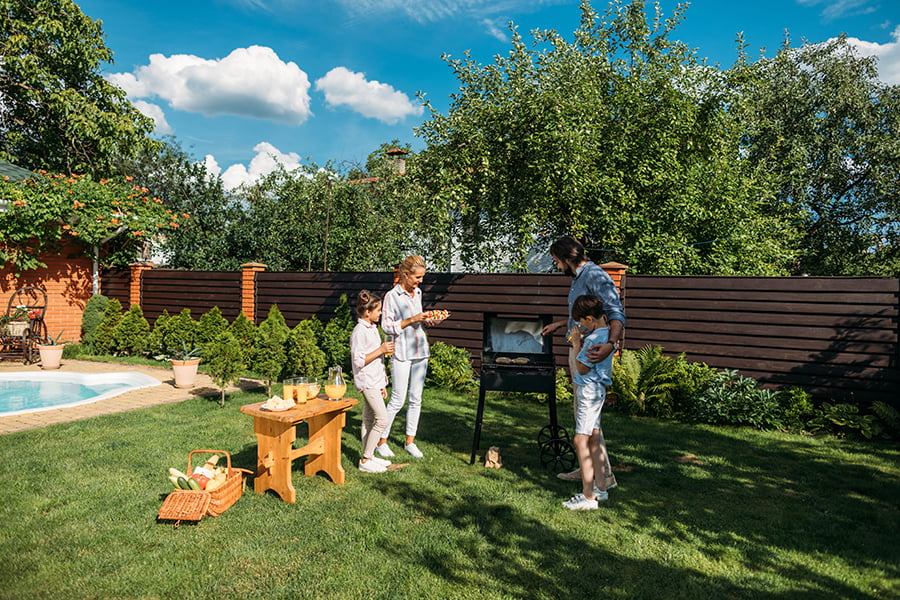
Fences provide boundaries that can help keep kids and animals from wandering off or getting into dangerous areas. They also create a physical barrier between the yard and any potential hazards, such as busy roads or other properties.
When choosing fencing materials, it’s important to consider the size of your yard, the type of environment you live in (such as urban or rural), and how much maintenance you’re willing to do. For example, wood fences require more upkeep than vinyl ones but may be better suited for certain climates.
Make sure to choose a fence height that will adequately protect your family while still allowing them access to their outdoor space.
Provide Shade With Trees or Awnings
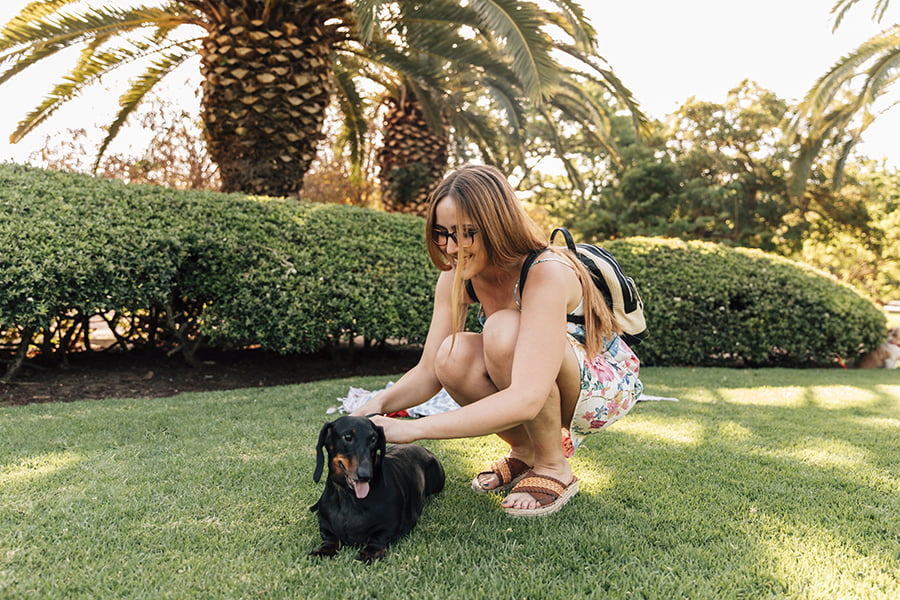
Trees provide natural shade, which can help protect children and pets from the sun’s harmful UV rays. Trees can provide a physical barrier between the ground and the sun, reducing heat buildup in outdoor areas.
Awnings are another option for providing shade in landscapes; they are typically made of fabric or metal and can be attached to buildings or other structures to create shaded areas. Awnings also offer protection from rain and wind while still allowing air circulation, making them ideal for outdoor play spaces.
Install Playground Equipment That Meets Safety Standards
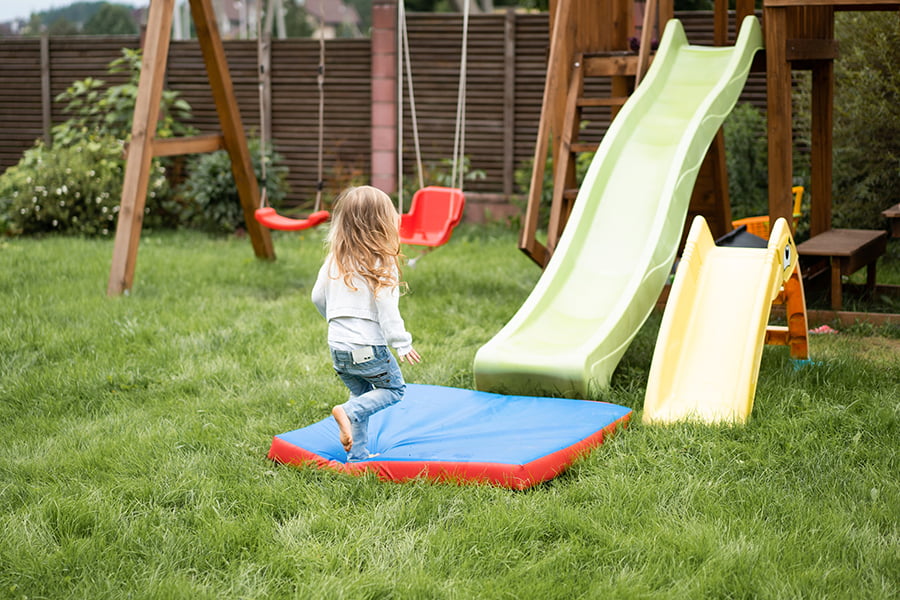
This means selecting equipment that has been tested and certified by an independent third-party organization such as the Consumer Product Safety Commission (CPSC). The CPSC sets strict guidelines for playground equipment, including requirements for materials used in construction, size of openings, height restrictions, and more.
All surfaces around the play area should be made from shock-absorbing material such as rubber or mulch to reduce the risk of injury from falls. Any sharp edges or protrusions should be covered with padding to prevent cuts or scrapes.
By following these guidelines when installing playground equipment in your landscape design you can ensure a safe environment for children and pets alike.
Avoid Sharp Objects and Edges in the Landscape Design

This means avoiding any hard surfaces such as rocks or bricks that could cause injury if someone were to trip or fall on them. Any plants with thorns should be avoided as they can scratch skin or eyes.
Any furniture should have rounded edges so that there are no sharp corners which could cause cuts or bruises if someone were to bump into them. By taking these precautions when designing a landscape, you can ensure the safety of both children and pets in your outdoor space.
Use Pet-friendly Materials for Pathways and Hardscapes
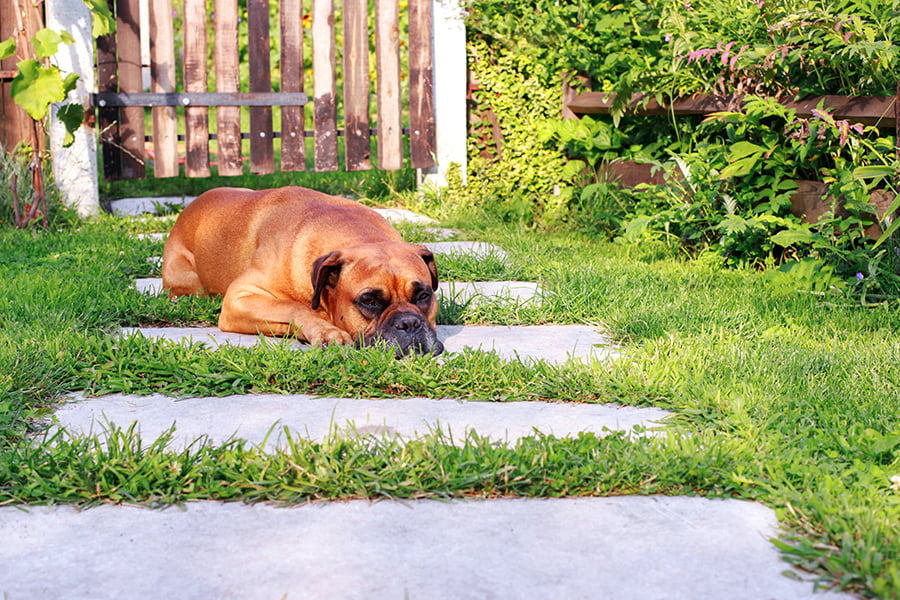
This means selecting materials that are non-toxic, durable, and easy to clean. For example, natural stone pavers or concrete pavers are ideal choices because they are slip resistant and can withstand heavy foot traffic.
These materials can be easily cleaned with a hose or pressure washer if necessary. Other options include rubber mulch or artificial turf which provide cushioning in case of falls while also being easy to maintain.
By choosing pet-friendly materials for pathways and hardscapes, you can create an outdoor space that is both safe and enjoyable for your family members of all shapes and sizes!
Consider Water Features Carefully to Prevent Drowning Risks
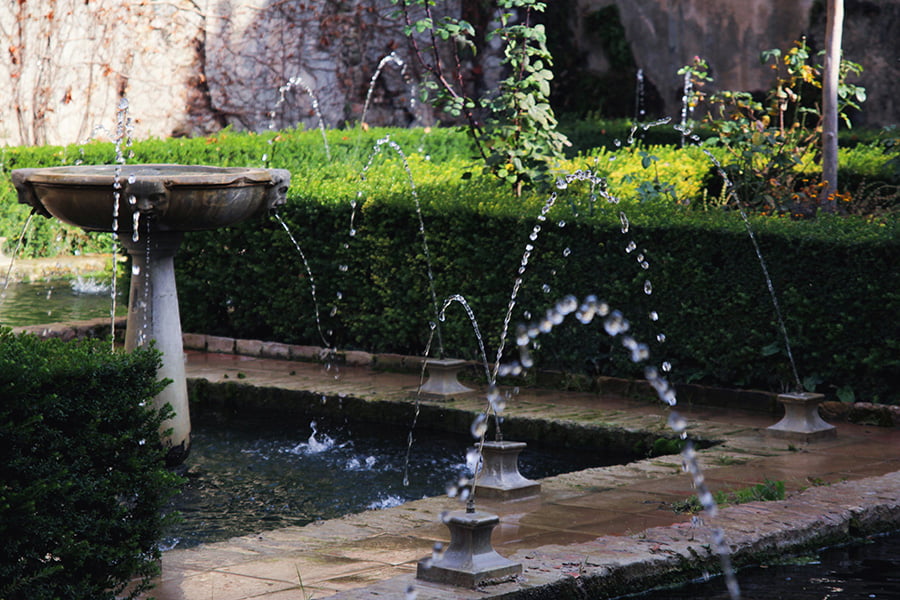
Drowning risks can be minimized by ensuring that any water features are shallow enough for children and animals to stand in without the risk of drowning. Any pools or ponds should have secure fencing around them with self-closing gates to prevent accidental access.
If possible, it may also be beneficial to install an alarm system on the pool or pond so that if someone does enter the area unsupervised, an alert will sound.



